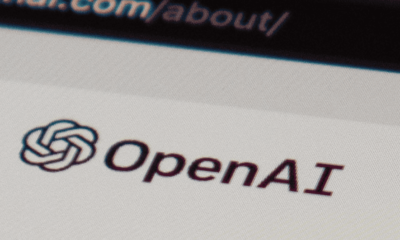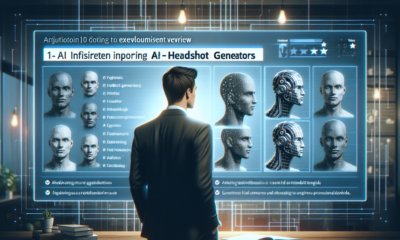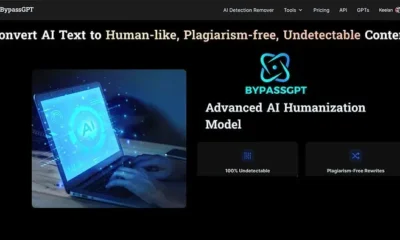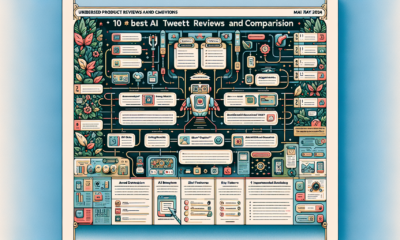AI Tool
Elon Musk Strikes Again: Grok-1 Unleashed to Challenge OpenAI


In a move that can only be described as classic Musk, xAI has thrown down the gauntlet, releasing Grok-1’s AI model code and weights for the world to see. With a staggering 314 billion parameters, Grok-1 dwarfs even the mighty GPT-3, boasting an impressive 150 billion more.
But it’s not just about the numbers. Musk’s xAI is on a mission to democratize access to advanced LLM technology, providing an unrefined version of Grok-1 ready for experimentation, even commercially. The message is clear: innovation should know no bounds, and everyone should have a seat at the table.
Of course, Musk couldn’t resist a little jab at OpenAI along the way. With a playful comment from ChatGPT X about “stealing jokes,” Musk took the opportunity to question the “open” part of OpenAI’s mission. It’s all in good fun, but behind the banter lies a deeper conflict about the future of AI and who gets to control it.
The legal battle between Musk and OpenAI’s founders, Sam Altman and Greg Brockman, adds another layer of drama to the saga. As OpenAI faces pressure from all sides with the emergence of competitors like Anthropic’s Claude 3 Opus and Google’s Gemini, Grok-1 becomes another thorn in their side.
But Grok-1 isn’t without its challenges. Despite its immense potential, the model isn’t immediately ready for conversational AI applications. Fine-tuning and computational resources are needed to unlock its full capabilities, posing hurdles for developers eager to harness its power.
Still, the AI community is buzzing with anticipation. With Grok-1’s open-source release under the Apache 2.0 license, the possibilities are endless. Companies and individuals alike can now build upon the model, pushing the boundaries of what AI can achieve.
In Musk’s vision for open AI, every viable open-source model threatens the status quo. As the community gears up for the next evolution, one thing is clear: the AI landscape is changing, and everyone is vying for a piece of the pie.


























